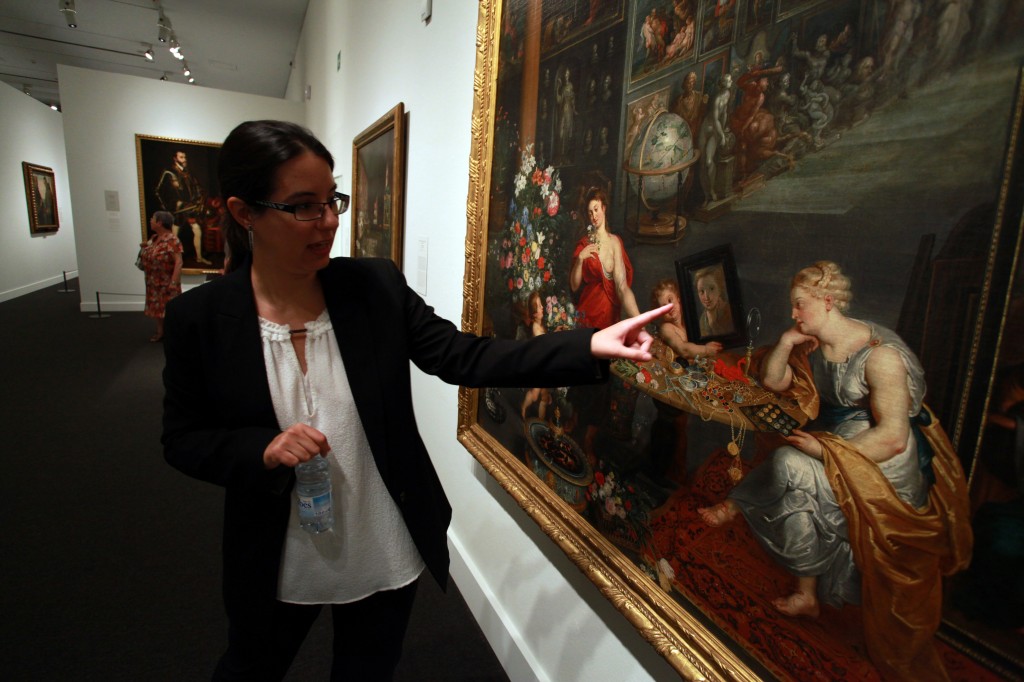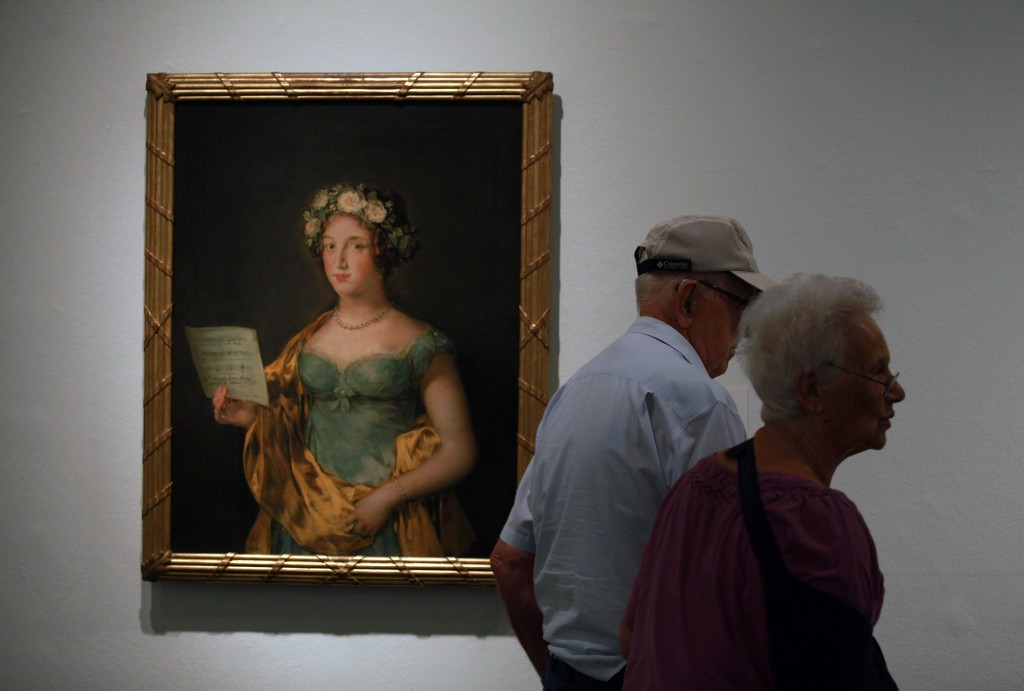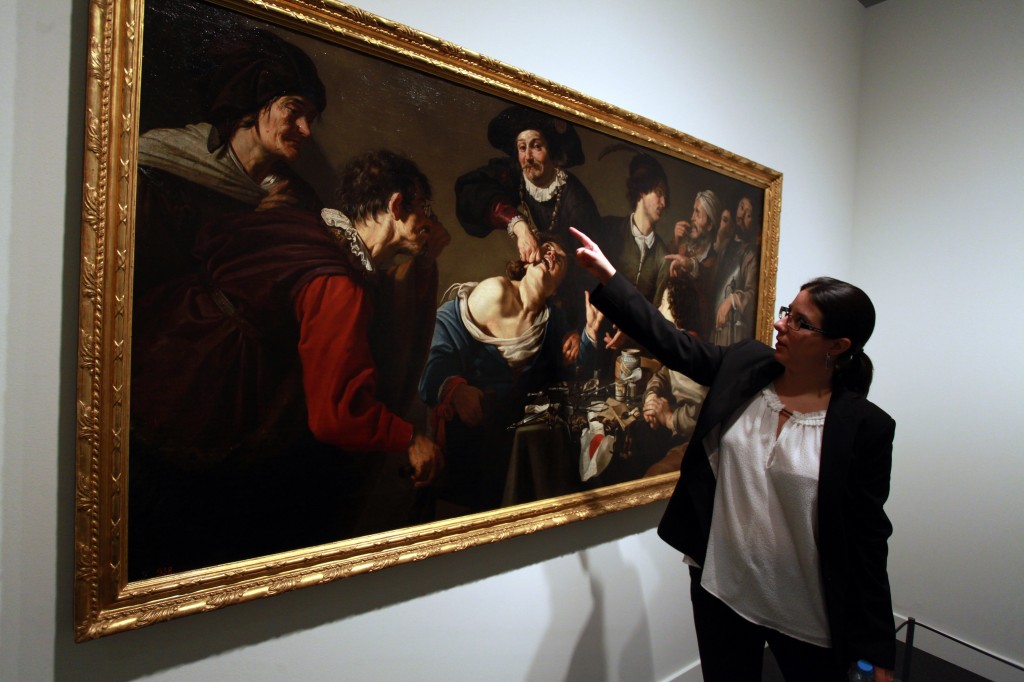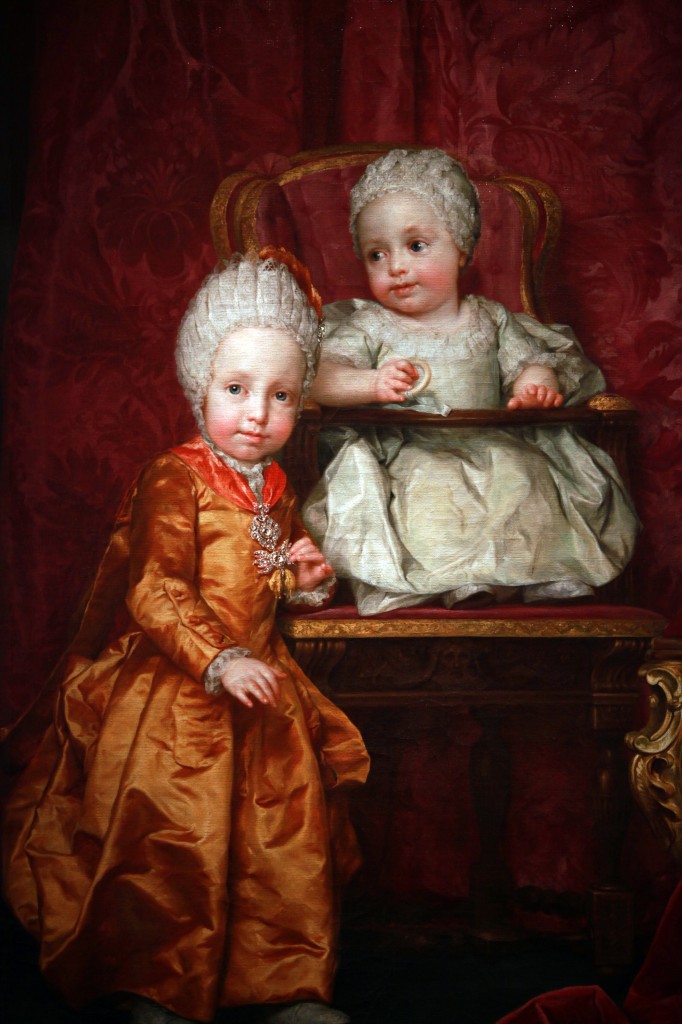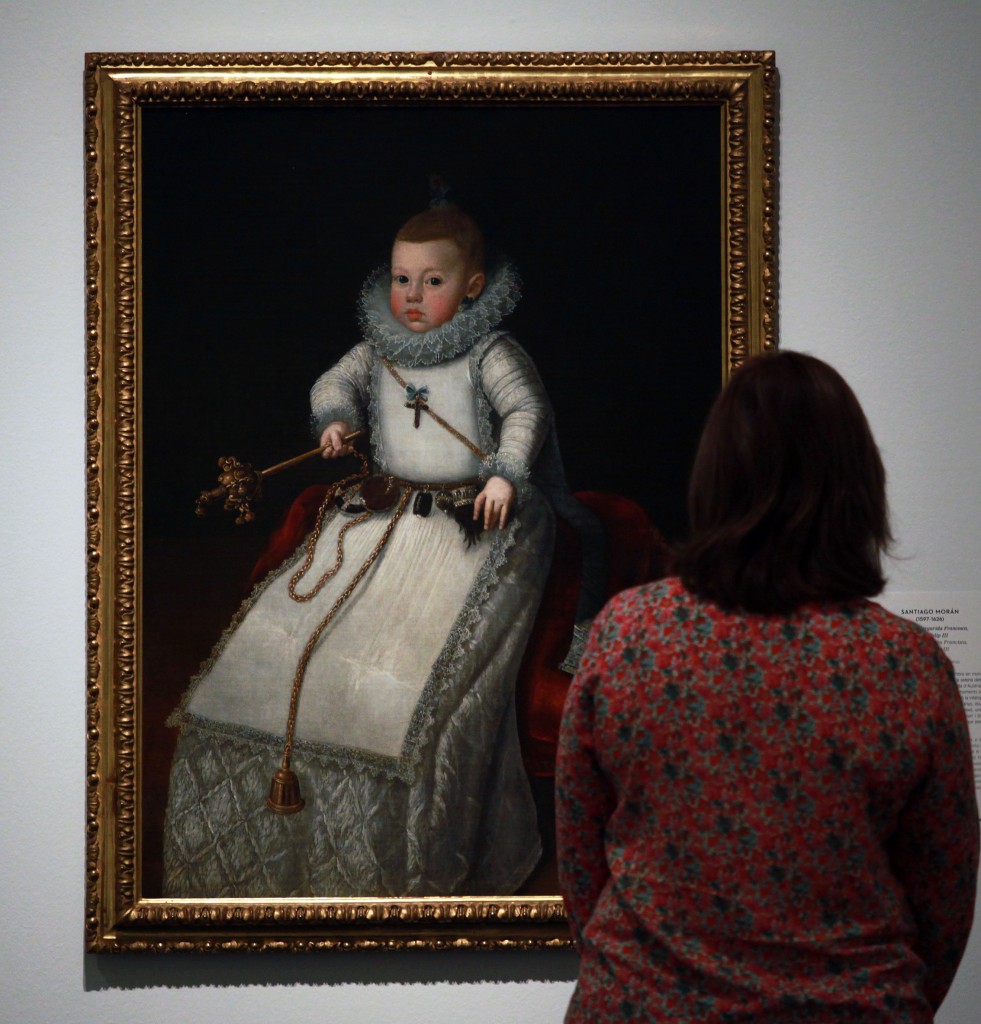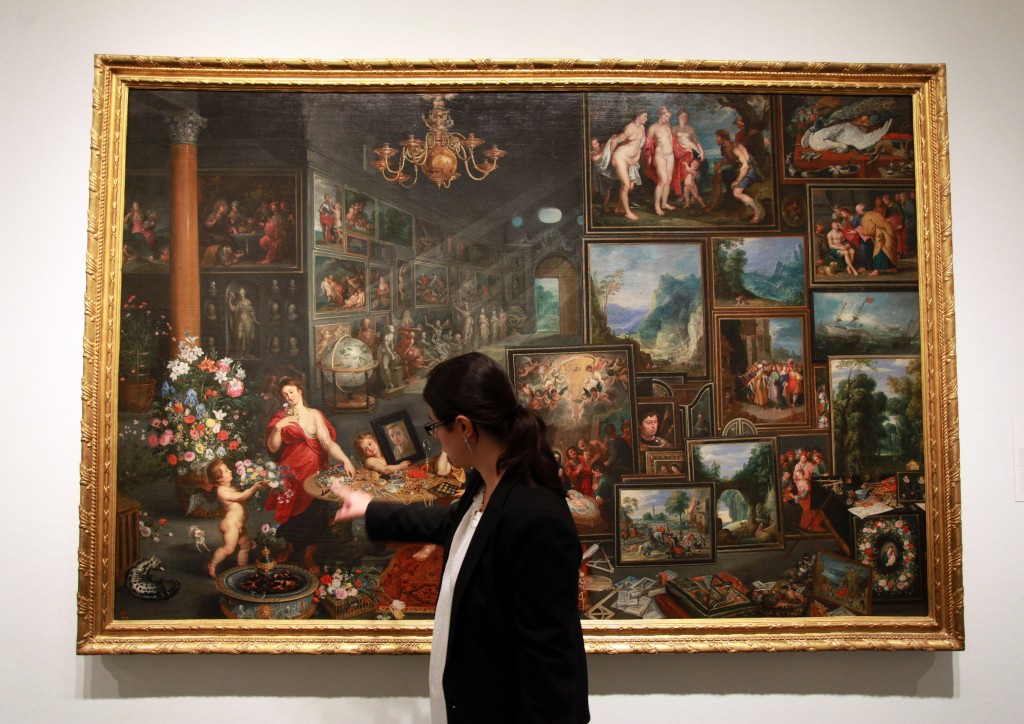The objects around us define who and how we are; this is, they depict us: “You can judge a man by his belongings”. With this in mind, the CaixaForum Tarragona will be presenting, until January 11, “Els objectes parlen” (literally, “Objects can speak”), an exhibition with 60 paintings and objects belonging to El Prado Museum that become a detailed selection of works between 16th and 19th centuries. The exhibition, which includes masterworks by artists such as Goya, Rubens, El Greco, Giordano, Sorolla, Murillo, Zurbarán, Ribera o Brueghel the Elder, is one of the most important ever to be hosted in the city. In case this was not enough, the collection will exhibit only in Tarragona The last supper, by Bartolomé Carducho, to be admired for the very first time since it was restored. We went to see all this with Anna Catà, who works for Auriga Serveis Culturals, the company in charge of the guided visits.
This journey starts with a Francisco de Goya that shows the Duchess of Abrantes (1816) holding a music piece. What is the painting trying to suggest? That nobility had an illustrated education. “Objects can speak”, said the philosopher Martin Heidegger reflecting on the gaze of artists and their ability to dignify what they display in their works; and it really is true.
Opposite the Duchess of Abrantes, we find The tooth extractor (1620-1625), by Theodoor Rombouts. In this case, the objects we can see in the painting are, by themselves, the main protagonists of the composition, and become key elements so to recognise the depicted scene. The extractor displayed all his surgical instruments he needs in order to perform his work. He is actually carrying a collar made of teeth that comes to prove his professional success. Curiosity: the patient is shown handcuffed, while the rest of the people waiting to be seen are showing faces full of pain… and fear.
“You can judge a man by his belongings”. Clothes, jewellery, instruments… objects depict us. The archduke Fernando showing the Golden Fleece or Isabel of Borbón –painted by Frans Pourbus ‘the Younger’- who uses his right hand as a guide for the spectator to focus on the jewel and the pearl necklace that decorate her dress…
The exhibit also presents a series of still life paintings from the 17th and 18th centuries that compare the Flemish society, with a higher opulence, disorder; and the Spanish society, way more austere, ordered and balanced.
Sometimes the message remains hidden away, like the flowers San Diego de Alcalá hides into his habit (making reference to the saint’s miracle, who turned bread into roses, in order to escape from being executed, since he had been accused for feeding indigents); or the small bell Margarita Francisca, Felipe III’s daughter, carries in order to frighten off evil spirits that would cause infant mortality; an amulet that turned out to be ineffective, since the little child died at the early age of six.
The last part of the exhibit is a grand finale of emotions, with significant works such as the portrait of Felipe II, by Sofonisba Anguissola –the only painting by a woman-, which was actually retouched after Battle of Lepanto; or the absolute painting filigree that is the Allegory of Sight and Smell (1620), by Jan Brueghel, which shows the collector eagerness of Flemish aristocracy of the 16th and 17th centuries, by means of a series of paintings of the time represented into a very same canvas.
Text: Ivan Rodon (@irodon)
Pictures: Pere Toda/Vilaniu Comunicació
Translation: Artur Santos (@artur_1983)
Schedule:
Monday to Friday: 10am to 8pm; Saturday and Sunday: 11am to 2pm, and 4pm to 8pm.
Location:
CaixaForum Tarragona
C. de Colom, 2
Tel. 977 249871
Tarragona
Tickets:
Online at https://proticketing.com/caixaforum_tarragona/ca_ES/entradas/


